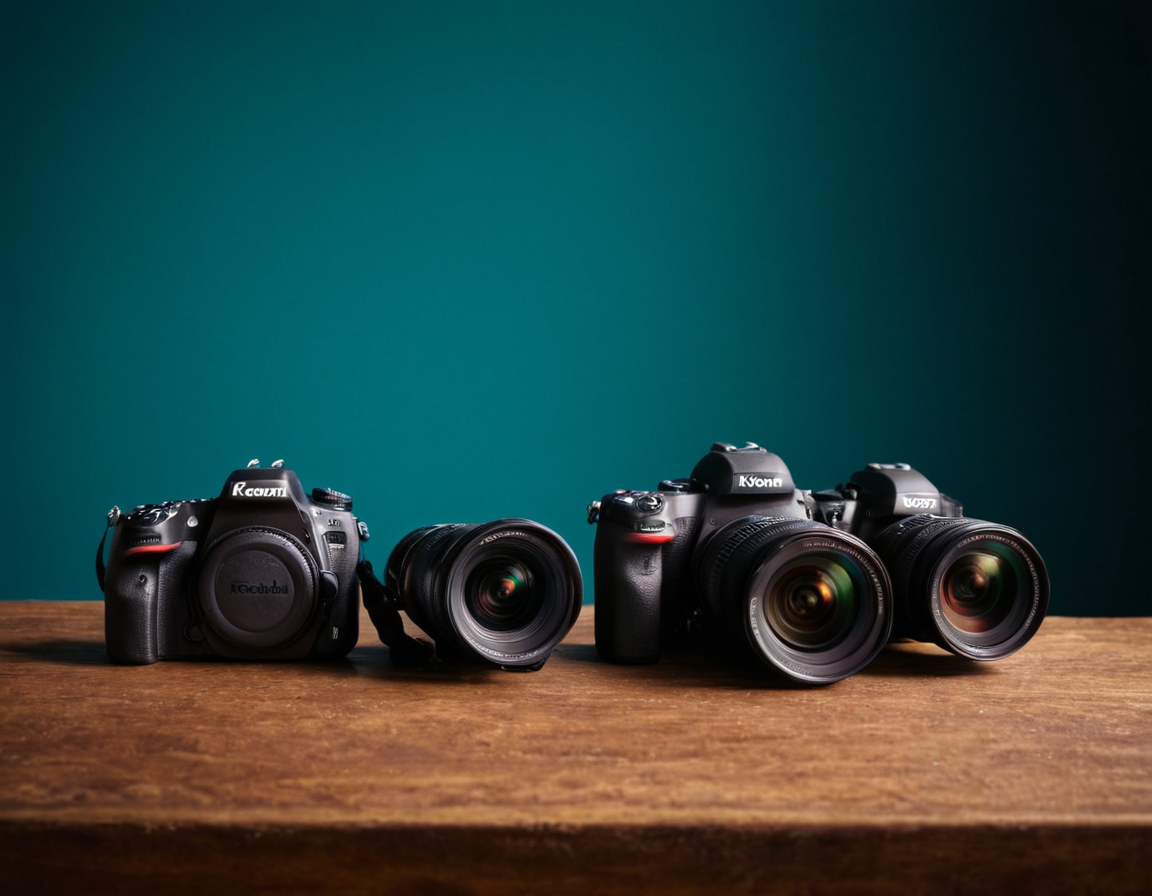Best Stabilizers? DSLR or Mirrorless

Mitigating Camera Shake: A Technical Comparison of Image Stabilization Options in DSLRs vs Mirrorless Cameras for Travel Photography
Introduction
Travel photography is a highly demanding field that requires photographers to capture high-quality images in various environmental conditions. One of the most critical factors affecting image quality is camera shake, which can lead to blurry photos and compromised subject isolation. In this article, we will delve into the world of image stabilization options in DSLRs and mirrorless cameras, exploring their technical differences and practical implications for travel photographers.
Understanding Camera Shake
Before diving into the technical aspects, it’s essential to understand the causes and effects of camera shake. Camera shake, also known as hand shake or camera shake syndrome, occurs when the camera’s sensor is subjected to unwanted movement, resulting in blurry images. This can be caused by various factors such as:
- Hand movement
- Low light conditions
- Long focal lengths
- Moving subjects
Camera shake can have severe consequences on image quality, including subject blur, loss of sharpness, and compromised low-light performance.
Image Stabilization Options in DSLRs
DSLRs have historically relied on mechanical image stabilization (MIS) systems to counteract camera shake. MIS typically involves a complex system of gears, motors, and balances that work together to move the camera’s lens or sensor. While effective, DSLR-based MIS systems have several limitations:
- Mechanical complexity
- Weight and size
- Limited low-light performance
Some notable examples of DSLR-based MIS include:
- Canon’s 3-axis IS (Image Stabilization)
- Nikon’s Vibration Reduction (VR)
Image Stabilization Options in Mirrorless Cameras
Mirrorless cameras, on the other hand, have adopted electronic image stabilization (EIS) as their primary solution. EIS uses advanced algorithms and sensor-based technology to detect and correct camera shake. This approach offers several advantages over traditional MIS:
- Compact size and weight
- Improved low-light performance
- Reduced maintenance requirements
Some prominent examples of mirrorless cameras featuring EIS include:
- Sony’s SteadyShot INSIDE
- Fujifilm’s 5-axis in-body image stabilization (IBIS)
Technical Comparison: DSLRs vs Mirrorless Cameras
While both DSLR and mirrorless cameras can mitigate camera shake, their approaches differ significantly.
Mechanical Image Stabilization (MIS) vs Electronic Image Stabilization (EIS)
| DSLR MIS | Mirrorless EIS | |
|---|---|---|
| Complexity | High | Low |
| Weight and Size | Large | Compact |
| Low-Light Performance | Limited | Improved |
Sensor-Based vs Lens-Integrated
Mirrorless cameras often rely on sensor-based EIS, which can be more effective in certain situations. However, this approach may not be suitable for all types of photography.
DSLRs, on the other hand, typically integrate their MIS systems directly into the lens. While this approach provides a more robust solution, it comes with its own set of limitations.
5-Axis vs 3-Axis IS
Modern mirrorless cameras often feature advanced 5-axis or 6-axis EIS systems, which offer improved performance and flexibility. In contrast, DSLR-based MIS typically focuses on 3-axis or 2-axis stabilization.
Practical Examples: Putting Theory into Practice
While technical specifications are essential, real-world applications require a deeper understanding of camera shake mitigation strategies.
- Travel Photography: When shooting in low-light conditions or using long focal lengths, consider employing EIS or MIS to minimize camera shake.
- Sports and Action Photography: In situations where subject movement is high, consider using faster shutter speeds or panning techniques to counteract camera shake.
- Low-Light Astrophotography: Employing a tripod with a built-in level, remote shutter release, and EIS can help mitigate camera shake in these conditions.
Conclusion
Mitigating camera shake is an essential aspect of travel photography. By understanding the technical differences between DSLR and mirrorless cameras’ image stabilization options, photographers can make informed decisions about their equipment choices.
As we continue to push the boundaries of camera technology, it’s crucial to consider the practical implications of each approach. In the end, the goal should be to capture high-quality images that showcase your vision, rather than relying on complex technical solutions.
The next time you’re out shooting, remember: a sharp image is just as important as having the right gear.
Tags
image-stabilization-travel-photography dslr-mirrorless-comparison camera-shake-solutions professional-travel-photojournalism portable-camera-techniques
About Sebastian Taylor
I'm Sebastian Taylor, a photographer and blogger passionate about sharing inspiring stories, expert tutorials, and game-changing tools for creative photographers on lentecreativa.com. With years of experience in capturing stunning images, I help artists elevate their craft and bring their vision to life.
